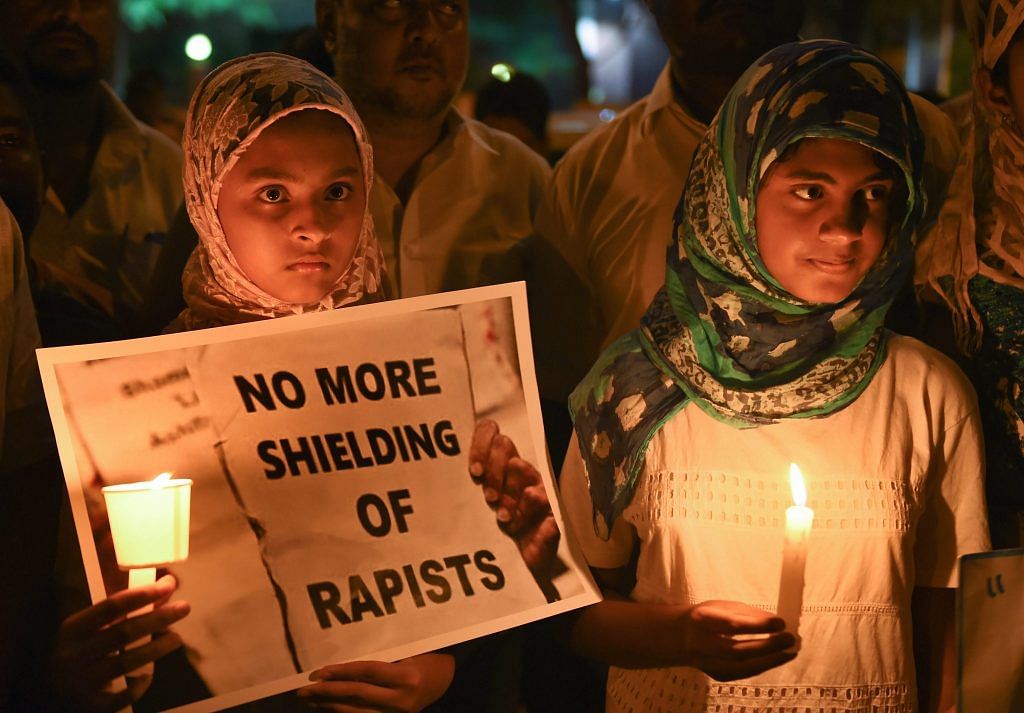Outrage over Rewari rape is fine, but it isn’t enough.
As yet another teenager was gang-raped in Haryana – where crimes against women have seen a sharp rise over the past three years – we in the media and civil society have once again opened what can best be described as our outrage toolkit.
The toolkit has a predictable and trite vocabulary of outrage-evoking adjectives: brutal, heinous, gruesome, violent are some examples. The outrage toolkit is, however, reserved for only some rapes we deem worthy of our anger.
To pass the outrage test, a rape should entail one or more of the following: an urban setting, graphic details, a child, politics, an educated victim, a religious angle or death.
In the most recent case in Rewari, the 19-year old victim is a CBSE topper – a fact repeated over and over again as if academic excellence makes rape a more traumatic experience for a woman.
Also read: Rewari gang rape is a reminder of Haryana’s toxic mix of patriarchy and porn
Agreed, there cannot be outrage over every rape or sexual harassment case (Indians would pretty much only be outraging if every rape created the Nirbhaya effect). The problem then is perhaps with the outrage itself. The outrage is episodic, short-lived, self-satisfying and makes a crime look like an aberration in a country, which is infamously known for its rape culture.
According to recent reports, one of the main accused in the Rewari rape case, Nishu Phogat, had been boasting about his “molestation skills” on Facebook.
Calling out such behaviour is the right thing to do. But we need to stop pretending that accused like Nishu or their behaviour is an aberration in the society. Doing so allows other men and perhaps even women to dissociate themselves from the rape culture that’s prevalent in our society today. What we forget is that this rape culture would have never existed in the first place had accused like Nishu not been the norm in the society.
This rape culture exists irrespective of whether Nishu and his co-accused commit the actual crime. Their “molestation skills” are enough to make any woman they meet feel vulnerable or insecure.
The rape culture normalises an act of violence against women, reducing them to mere objects. It ties women’s sexuality with honour, and more often than not pins the blame for the assault on women.
Also read: When patriarchy meets smartphone pornography: Why tiny Haryana is India’s rape capital
So, if rape does not happen in a silo, why does our outrage exist in one?
Yes, reporting on rapes may prove to be politically damaging for one party over another – even this is progress for sure.
But if reporting/protesting on rapes continues to ignore the everydayness of the crime, and chooses to instead outrage for a few minutes during a primetime debate, we are likely to go nowhere. We’ve outraged enough over rapes. Now, we probably need to talk more about the pervasiveness of the rape culture, and how it affects us all every day, from being groped in a Metro to being followed by strangers on the street.
